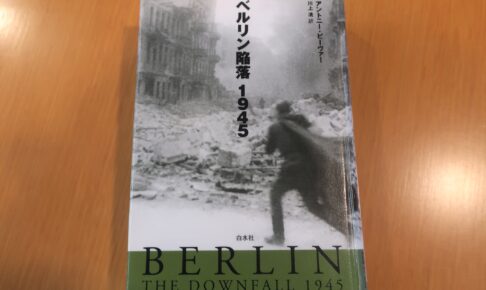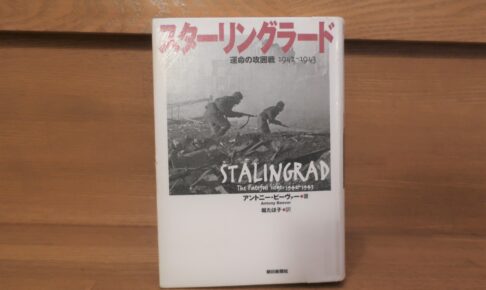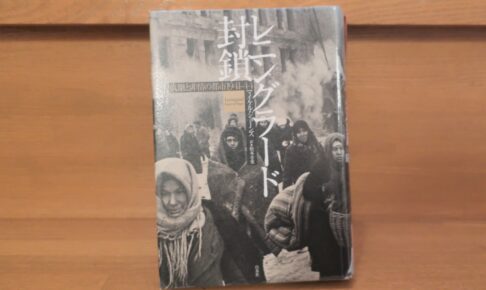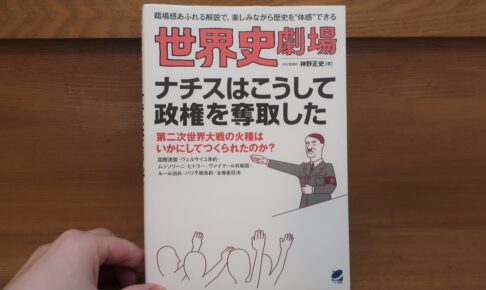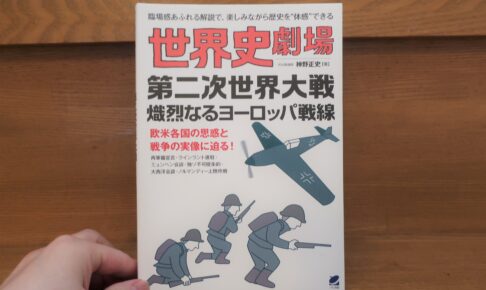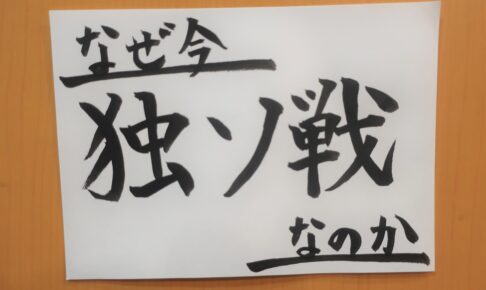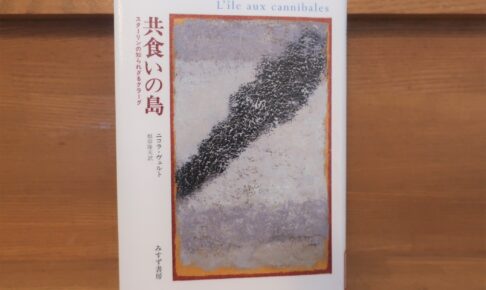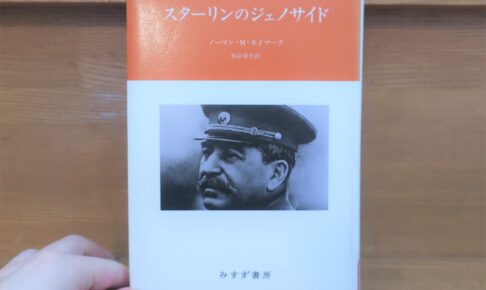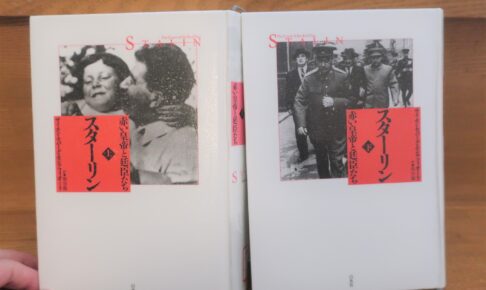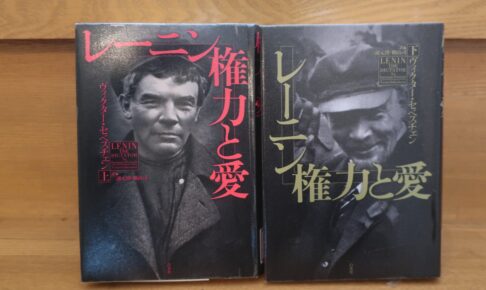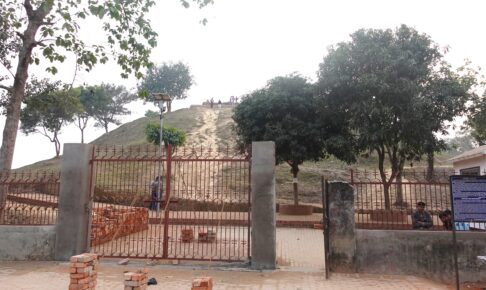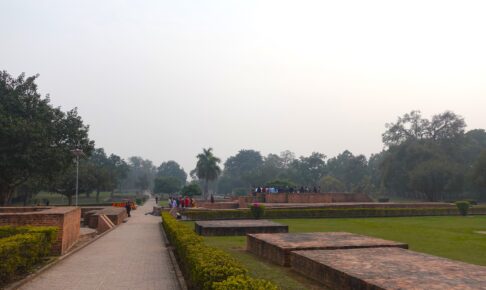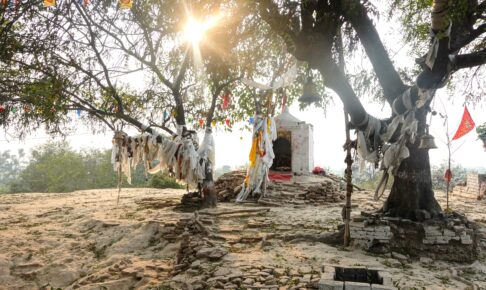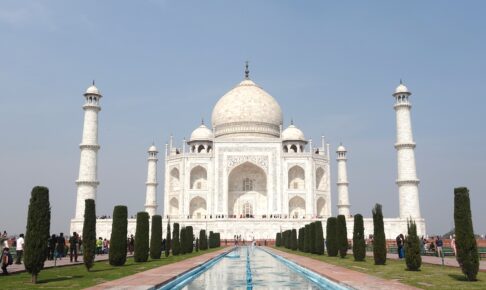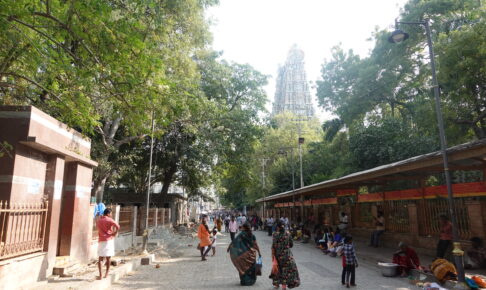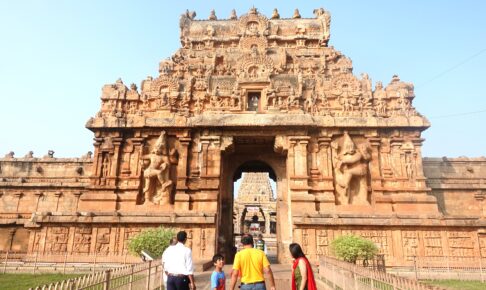A. Beever, "The Fall of Berlin 1945" - A masterful book that clearly depicts the counterattack of the Soviet Union and the defeat of Nazi Germany.
The author, Antony Beever, is also the author of "The Fatal Siege of Stalingrad 1942-1943," which was featured in our previous article. His writing is superb in this work as well, and it is a gripping read. The book tells the story of the Soviet counterattack and the decisive collapse of the Nazi regime.
What were the acts of both the Nazi and Soviet armies in the extreme conditions of hell? What you will see in this book is so tragic. I think you will be shocked if you read it. I too was shocked by the sheer horror. You will feel the cruelty of war very keenly in this book. I highly recommend this work.












